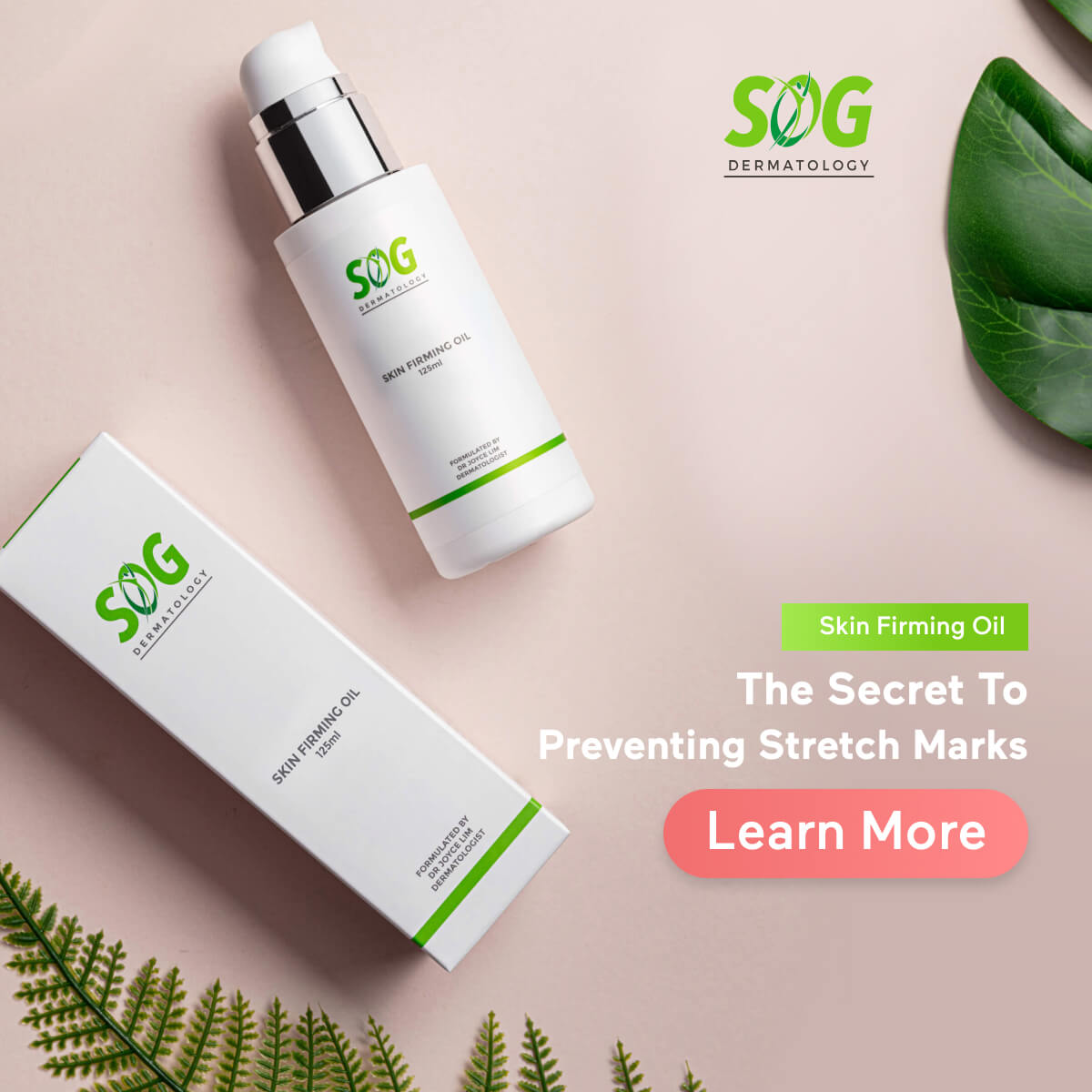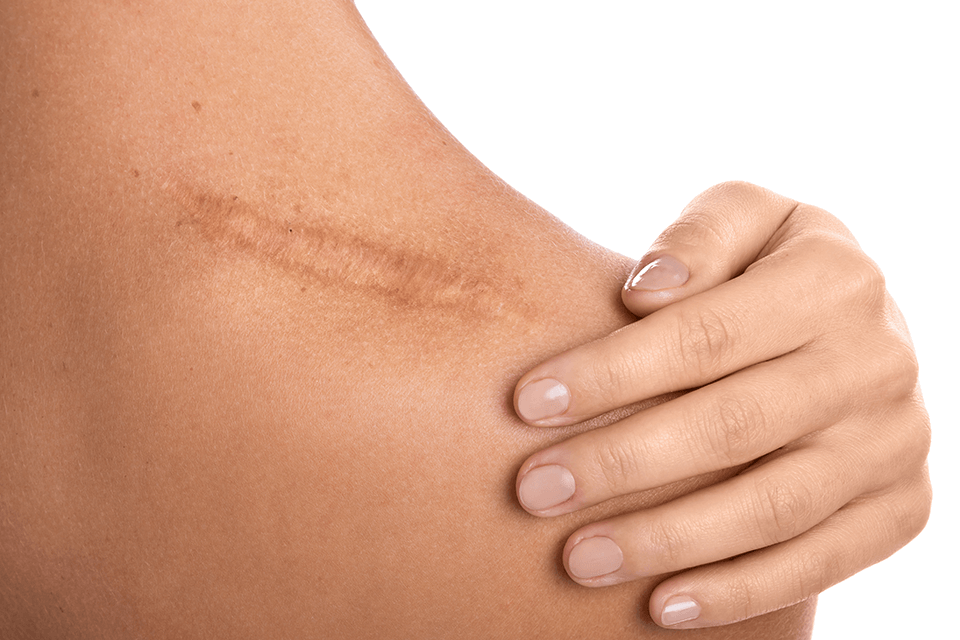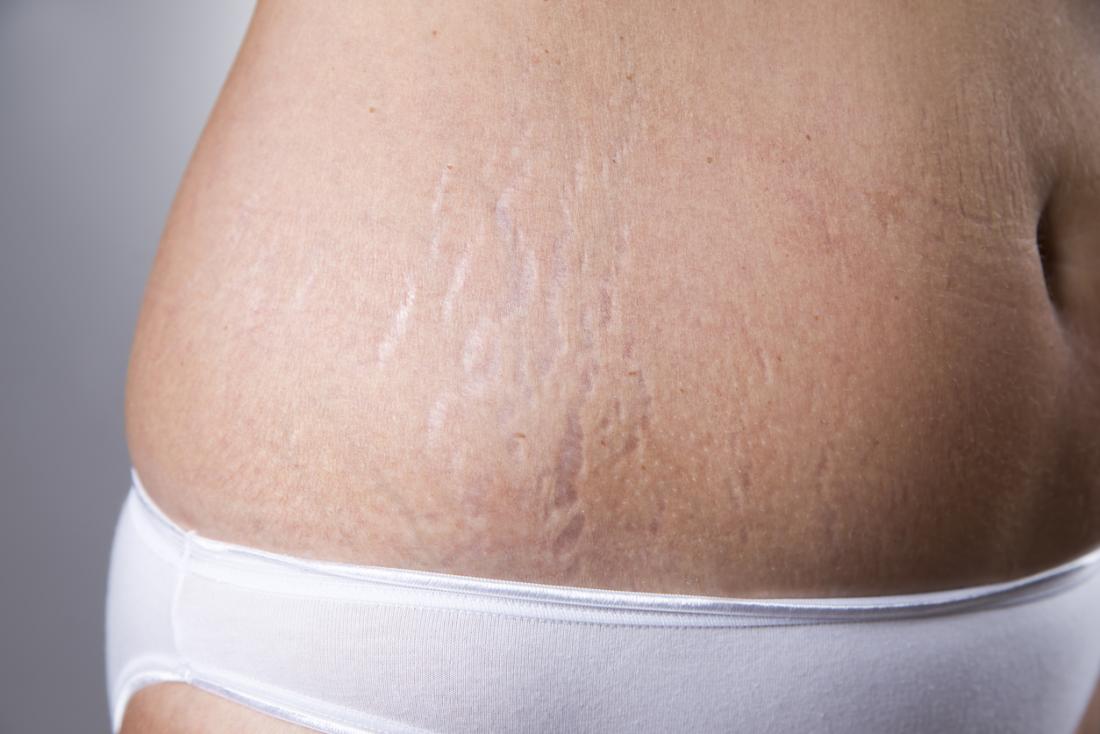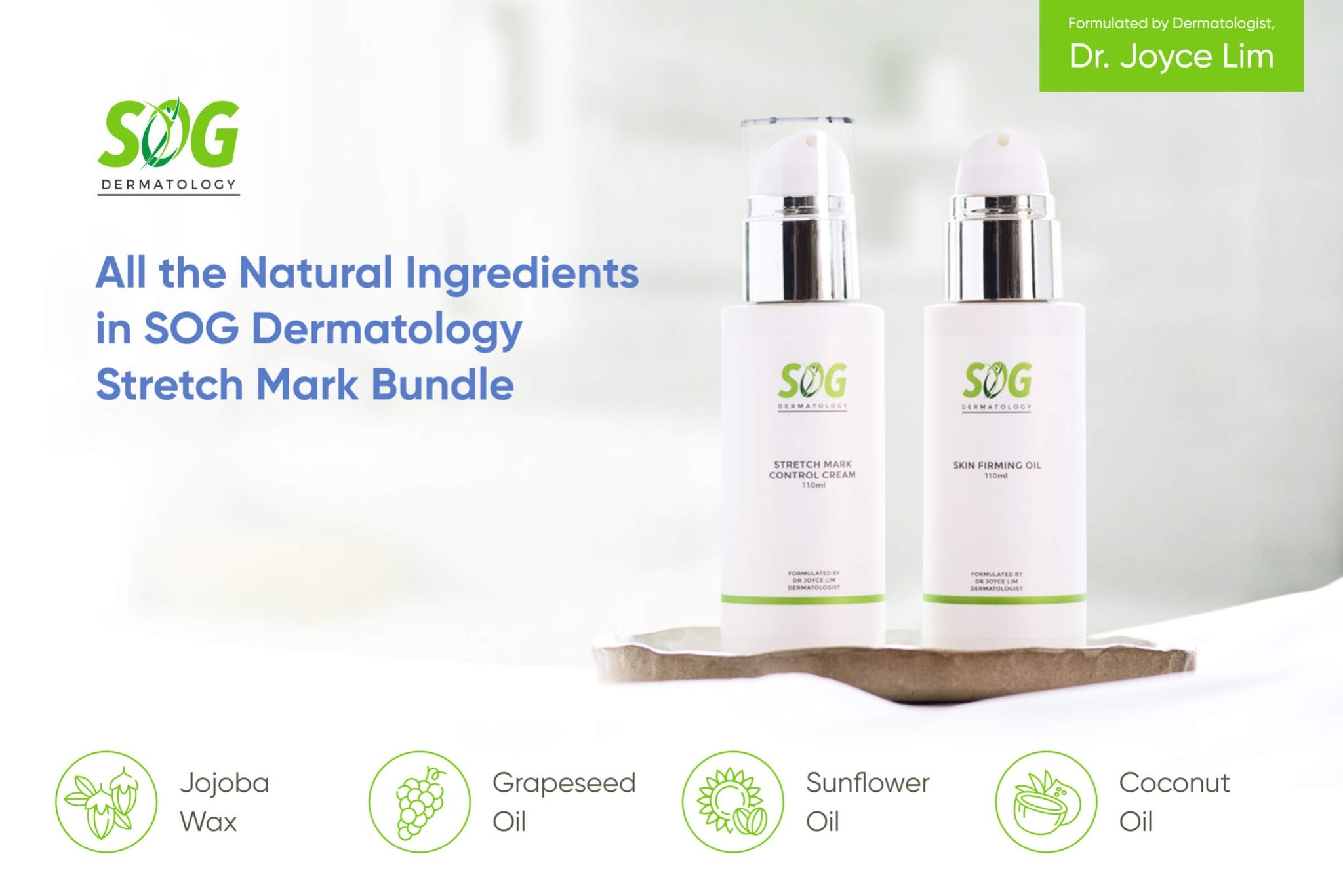Pregnancy Care
Here’s How To Prevent Stretch Marks During Pregnancy
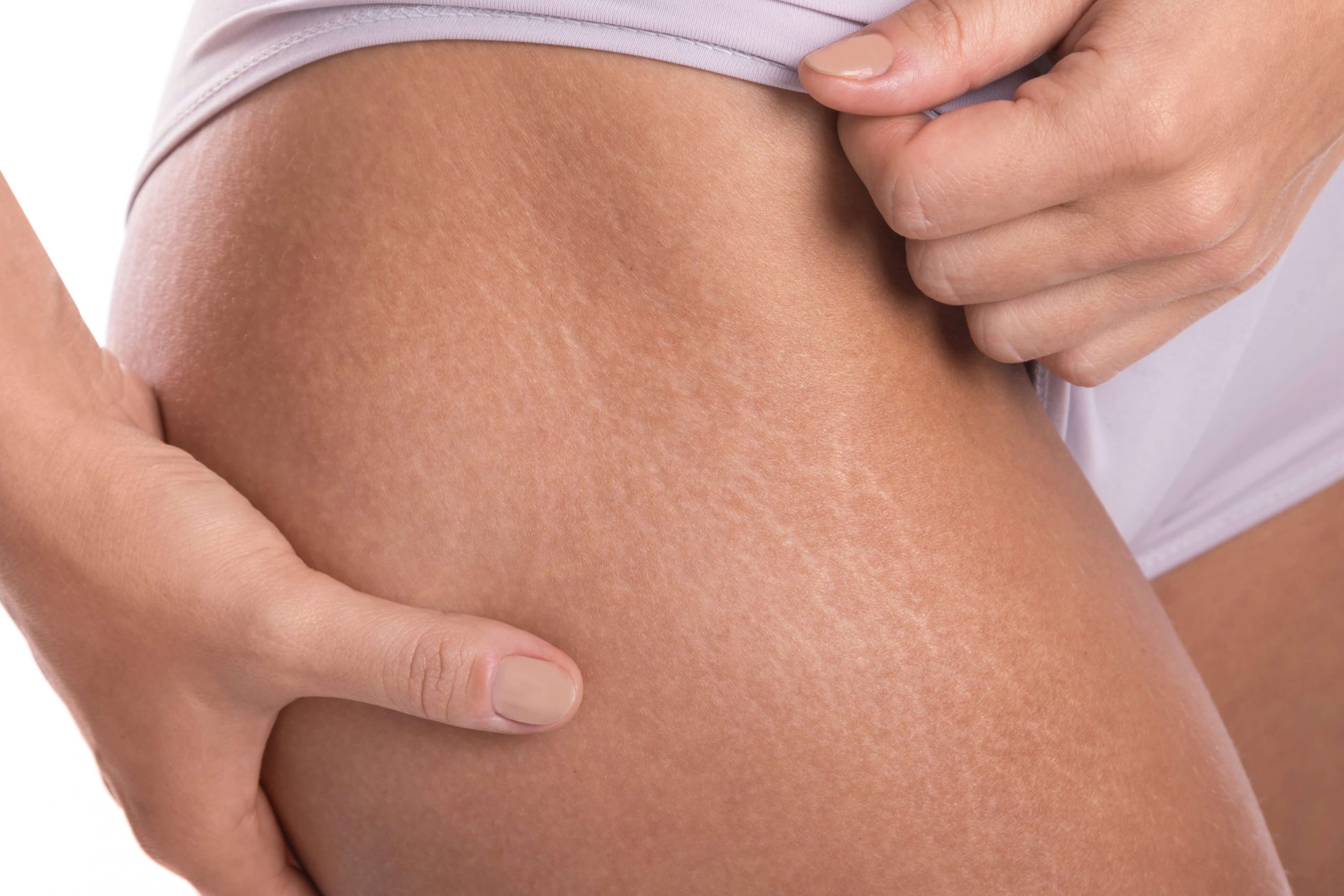
Your body undergoes many changes during pregnancy, and the formation of stretch marks is one change that most pregnant women have to deal with.
Stretch marks may look like red, purple or white indents in your skin and often appear on your stomach, hips, bottom, thighs and chest. If your family members have stretch marks, you may have an increased risk of getting stretch marks yourself.
In this article, we share the causes of stretch marks during pregnancy and what you can do to prevent stretch marks from forming.
What Causes Stretch Marks During Pregnancy?
Stretch marks are caused by scars that form from tiny tears in the middle layer of your skin.
Your skin stretches quickly as you gain weight rapidly during pregnancy, while hormonal changes in your body reduce the elastin and collagen in your skin, affecting your skin elasticity. The skin is unable to repair itself in time and this results in small scars in the form of stretch marks.
Genetics also play a part in stretch marks. If your mother had stretch marks during pregnancy, it is likely that you may have it too.
What Can You Do?
The longer you wait, the more difficult it is to reduce stretch marks. It is most effective to treat stretch marks in its early stages and here are some things that you can do to reduce stretch marks during your pregnancy.
1. Moisturize with a stretch mark cream or oil
Moisturizing daily with stretch mark creams or oils can improve your skin elasticity so that it is less likely to tear and form stretch marks when your skin stretches. It can also reduce any itching or dryness that you encounter during your pregnancy.
Apply the oil or stretch mark cream after your shower to lock in moisture and maximise your results.
2. Control your weight
Stretch marks can occur as your skin stretches due to rapid weight gain. Managing your weight gain so that you don’t gain too much weight in a short time can help you reduce stretch marks. This may involve watching your diet and incorporating light exercises that are safe for pregnancy.
3. Stay hydrated
Hydrated skin is softer and less likely to tear compared to dry skin. Drinking the recommended eight glasses of water daily can help you stay hydrated while improving the overall appearance of the skin.
Avoid coffee or other caffeinated beverages that can dehydrate your skin and increase the risk of stretch marks. You can also drink other non-caffeinated beverages such as lemon water or fruit juices to switch things up.
4. Eat a healthy diet
A nutritious diet can help you improve skin health and hydration, minimising stretch marks and preventing more from forming.
It is recommended that you stick to a diet that is rich in protein, zinc and vitamins C, D and E. Your meals can incorporate whole grains such as wheat bread or oatmeal, lean protein like chicken, some dairy products to get calcium and lots of fruits and vegetables for fibre. Your O&G specialist will also prescribe some prenatal vitamins to help you get the nutrients you need.
A balanced diet will help to reduce rapid weight gain, which is often a contributing factor to stretch marks.
5. Include vitamin C in your diet
Vitamin C is essential for your collagen production, which maintains your skin elasticity and reduces wrinkles. This can also help to reduce the formation of stretch marks.
Citrus fruits such as oranges are rich in vitamin C and it can also be found in many other vegetables and fruits.
6. Soak up some vitamin D
Vitamin D can be found in dairy products such as yogurt or milk, bread and cereal. The sun is also a source of vitamin D and exposure to sunlight can increase your vitamin D intake.
Studies have suggested that healthy levels of this vitamin can help to reduce the risk of stretch marks and prevent them from forming.
7. Eat foods rich in zinc
Nuts and fish are rich in zinc, which can facilitate skin repair and reduce any inflammation. Having healthy levels of zinc can improve your skin health and minimise stretch marks.
8. Treat fresh stretch marks when they appear
Even if you have stretch marks, it’s much easier to treat new stretch marks and minimise their appearance compared to old stretch marks. It is recommended to start using stretch mark creams and oils early during pregnancy.
Conclusion
You cannot totally prevent stretch marks, but there are things you can do to minimise their appearance if they do form. A nutritious diet, drinking plenty of water, stretch mark control creams and skin firming oils, managing your weight and seeking treatment early can help. If you’re concerned about your stretch marks, you can visit a dermatologist who may be able to identify the cause of the stretch marks and propose suitable treatment options.
Read this next ...
WHO WE ARE
About SOG Health Pte. Ltd.
Established in 2011, SOG Health Pte. Ltd. (“SOG”) is a leading healthcare service provider dedicated to delivering holistic health and wellness services to the modern family.
With a long and established track record in Singapore providing Obstetrics and Gynaecology (“O&G”) services such as pre-pregnancy counselling, delivery, pregnancy and post-delivery care, the Group has since further expanded its spectrum of healthcare services to include Paediatrics, Dermatology, and Cancer-related General Surgery (Colorectal, Breast & Thyroid).
The Group’s clinics, under its four operating segments of O&G, Paediatrics, Oncology and Dermatology, are strategically located throughout Singapore to provide easy access to its patients.
- Obstetrics
- Gynaecology
- GynaeOncology
- Breast, Thyroid & General Surgery
- Colorectal, Endoscopy & General Surgery
- Dermatology
- Paediatrics
Consult With A Specialist From SOG
Visit one of our specialists today to learn more about your health!
Book An Appointment
Fill up this form and our clinic will get back to you shortly.
For general enquiries, please click here.
